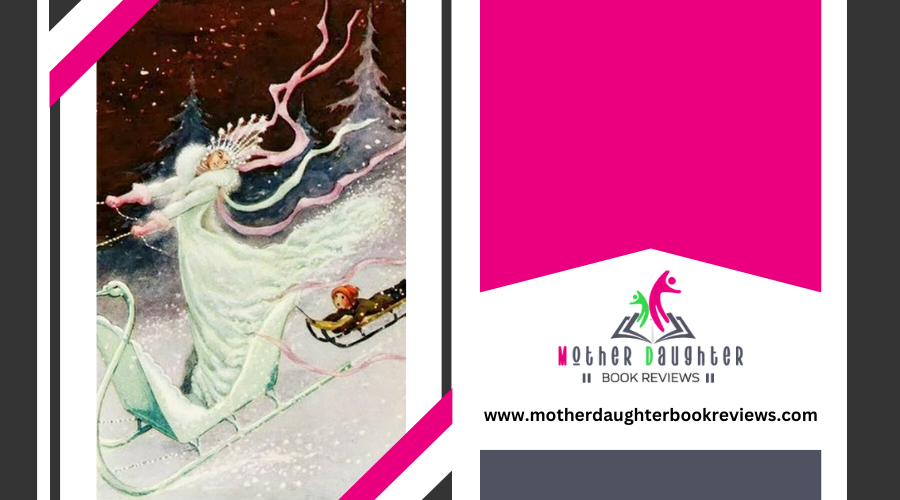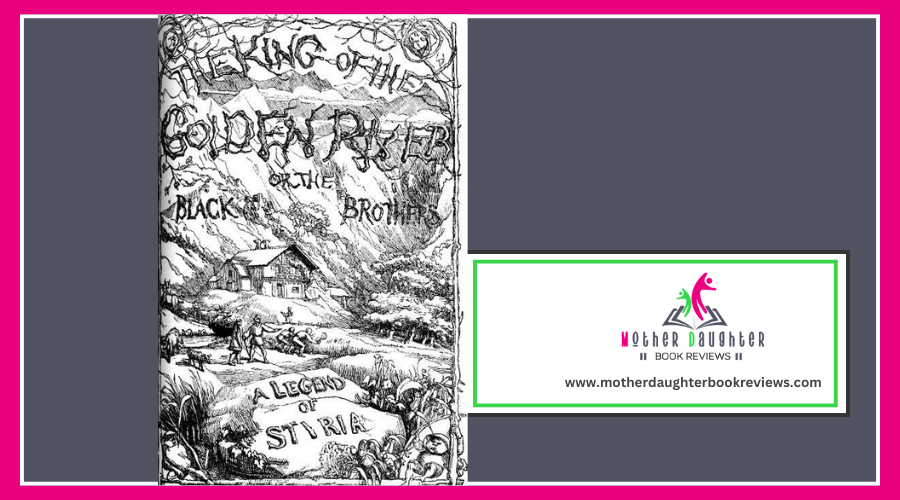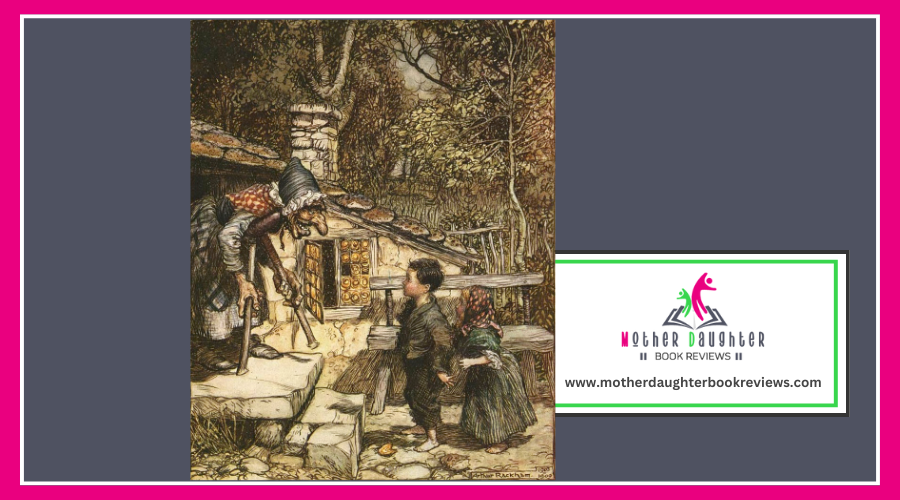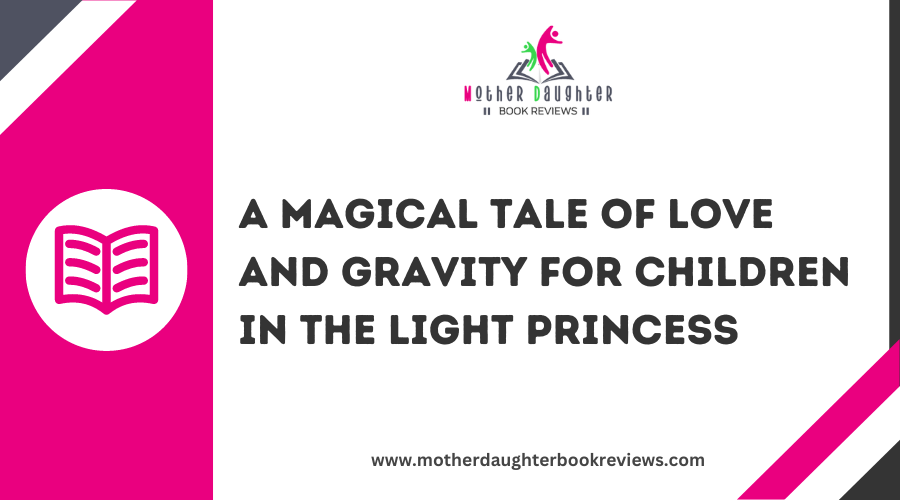A Classic Tale of Cats and Choices
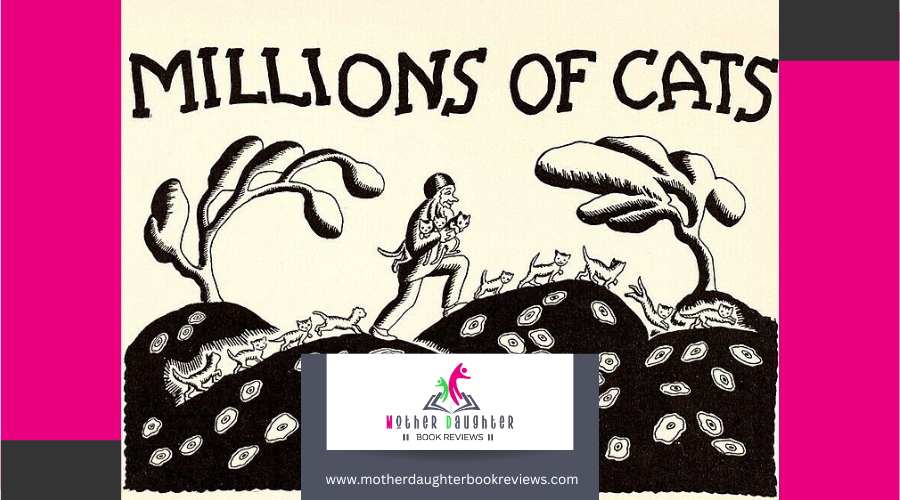
In "Millions of Cats," you'll follow an elderly couple's quest to find the prettiest cat for companionship. The expedition spirals into chaos as they encounter countless cats, each vying for attention, highlighting themes of humility and simplicity. Wanda Gág's creation stems from her artistic family and vivid childhood memories, which lend authenticity to the fanciful plot.
The Story's Origin
The story's origin can be traced back to a single, serendipitous event. Imagine yourself in the early 1920s, where Wanda Gág, the author, found her inspiration. Growing up in a family deeply rooted in artistic traditions, Gág often found herself surrounded by creativity. Her father, Anton, was a talented artist, and he encouraged her to pursue her artistic dreams. This nurturing environment played an essential role in shaping her narrative skills and storytelling prowess.
One day, while reminiscing about her childhood, Gág recalled a peculiar incident involving a multitude of cats. This memory sparked the story inspiration for "Millions of Cats." She transformed this simple recollection into a enchanting tale that would delight children for generations. By drawing from her own experiences and background, Gág was able to create a story that felt both authentic and fanciful.
You can see how Gág's artistic upbringing and personal experiences intertwined to form the foundation of this classic tale. It's fascinating to think that such a timeless story emerged from a blend of familial influence and a single, vivid memory. This blend of inspiration and background makes "Millions of Cats" a truly unique and enduring story.
Plot Overview
Drawing from her rich background and the delightful memory that sparked her creativity, Wanda Gág crafted a fascinating plot for "Millions of Cats." At its heart, the story follows an elderly couple who yearn for a cat to keep them company. The husband's character motivation drives the narrative as he sets off on a quest to find the "prettiest cat" to bring home.
As the plot unfolds, you'll see the husband encounter an overwhelming number of cats—millions, in fact. Each cat seems more beautiful than the last, leading him to take them all home. This decision showcases a significant turning point in the narrative structure, as it introduces chaos and complexity into the couple's simple life.
Back at home, the wife is astonished by the sheer number of cats. The narrative then explores how these millions of cats vie for attention, leading to tension and conflict. By the end, a resolution emerges when the couple finds the one humble cat that survived the ordeal. Through concise storytelling, Gág highlights themes of humility and simplicity, wrapping up the narrative with a satisfying resolution that aligns with the characters' original motivations.
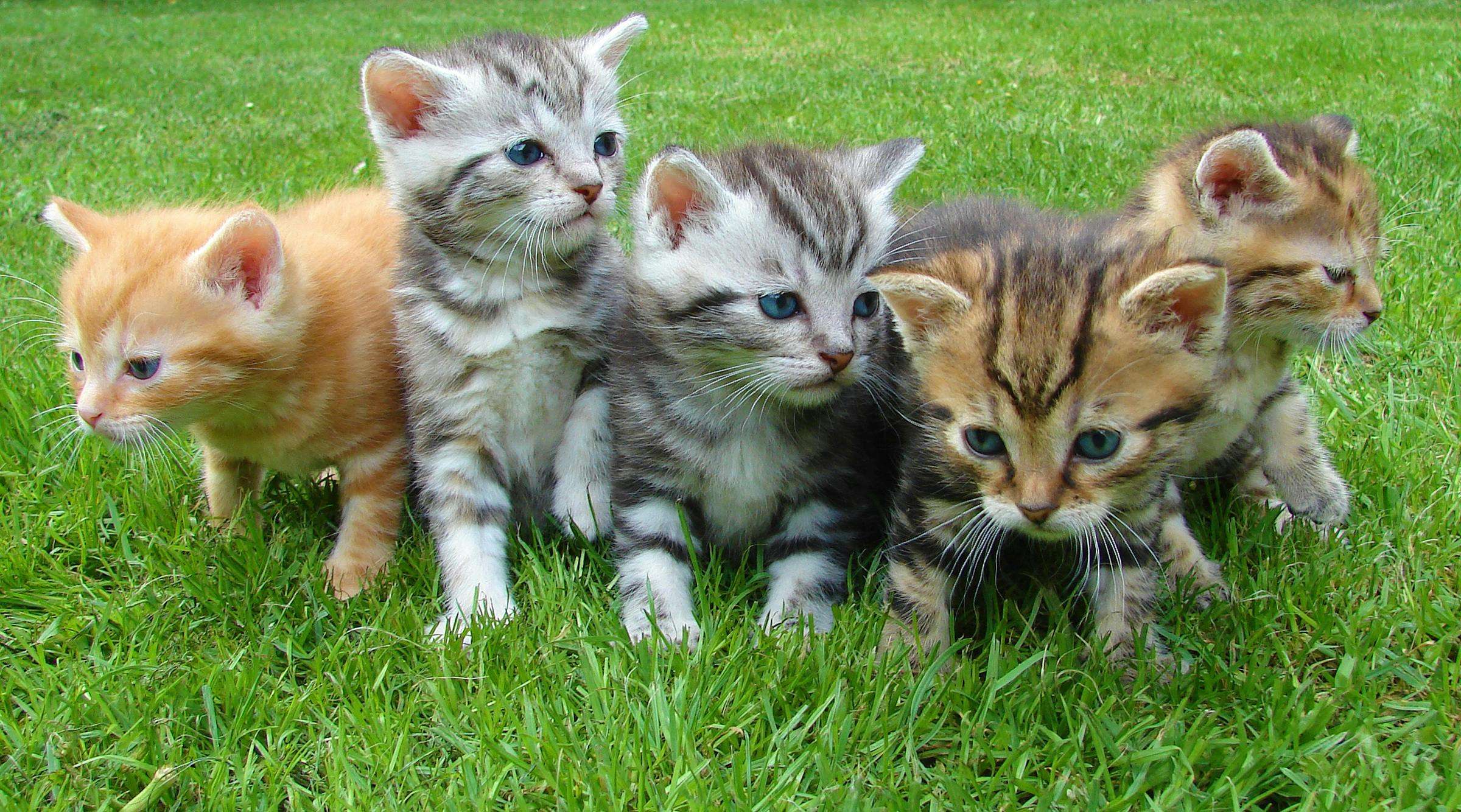
Main Characters
Among the charming cast of "Millions of Cats," a few characters stand out vividly, propelling the story's emotional core. The most central figures are an elderly couple and, of course, the countless cats they encounter. The old man and woman exhibit strong character traits like perseverance and tenderness. Their longing for a cat to keep them company sets the adventure in motion, reflecting their deep sense of companionship and empathy.
As for the cats, each feline personality adds depth and color to the narrative. The old man selects cats of all sorts—big, small, sleek, and fluffy—each with its own unique appeal. The cats' diverse character traits range from playful and curious to proud and demanding. This variety highlights the complex and multifaceted nature of feline personalities, making each cat memorable.
The most striking cat is the humblest of them all, who stands out not for its appearance but for its gentle and unassuming nature. This cat's modesty and quiet strength become crucial, embodying traits that ultimately resonate with the elderly couple's desires.
Themes Explored
At its heart, "Millions of Cats" investigates themes that resonate deeply with readers of all generations. As you probe into the story, you'll find that identity investigation plays an essential role. The old man and old woman set out on a quest to find the perfect cat, reflecting their search for fulfillment and meaning in their lives. Each cat's unique qualities prompt you to reflect on what truly defines identity, teaching readers to appreciate individuality and self-worth.
The narrative also examines friendship dynamics, highlighting the importance of companionship and unity. When the multitude of cats begin to squabble over who is the prettiest, it serves as a lesson on the perils of vanity and competition. This conflict underscores the value of cooperation and mutual respect in fostering healthy relationships.
Illustrations and Art
In "Millions of Cats," the illustrations and art play an essential role in bringing the story to life. When you explore the book, you'll notice how integral the visuals are to the narrative. The unique art styles used by Wanda Gág capture the fanciful and fantastical elements of the story. Gág's hand-drawn illustrations create a world where cats seem almost magical.
- Expressive line work: The detailed lines add depth and personality to each cat, making them distinct and memorable.
- Monochromatic palette: The use of black-and-white illustrations allows for a focus on form and movement, enhancing the visual storytelling.
- Flowing composition: The layout guides your eyes smoothly from one page to the next, ensuring that the story's pace keeps you engaged.
These elements work together to create an engaging experience. The artistic choices made in "Millions of Cats" aren't just about aesthetic appeal; they serve to deepen your connection to the story. The visual storytelling helps you feel the old man's quest and the overwhelming number of cats he encounters. Through the art styles employed, you're drawn into a world where imagination knows no bounds.
Impact on Readers
When you plunge into "Millions of Cats," the impact of the story on readers becomes immediately evident. The tale weaves an emotional connection between the reader and the characters, making you feel invested in the old man's quest and the eventual outcome. As you follow the old man through his expedition of selecting a cat, you can't help but experience a range of emotions, from excitement to empathy, as the story unfolds.
Beyond the emotional connection, "Millions of Cats" imparts moral lessons that resonate with readers of all generations. It emphasizes the importance of humility and the dangers of vanity. The story shows that true worth isn't always visible at initial glance, teaching you to look beyond the surface to find genuine value.
Conclusion
Over the years, "Millions of Cats" has solidified its place as a timeless classic in children's literature. Its cultural significance and timeless appeal have guaranteed it's not just a story but a shared experience across generations.
By engaging with "Millions of Cats," you're not just enjoying a story; you're participating in a cultural tradition that binds past and present. The book's simple yet profound narrative continues to resonate with readers, teaching valuable lessons about greed, community, and humility. Its illustrations, unique for their time, have a timeless appeal that captivates both young and old.
When you read "Millions of Cats," you're contributing to its lasting legacy, passing down a piece of literary heritage that continues to shape and inspire. This enduring classic isn't just a book—it's a reflection of the power of storytelling.

